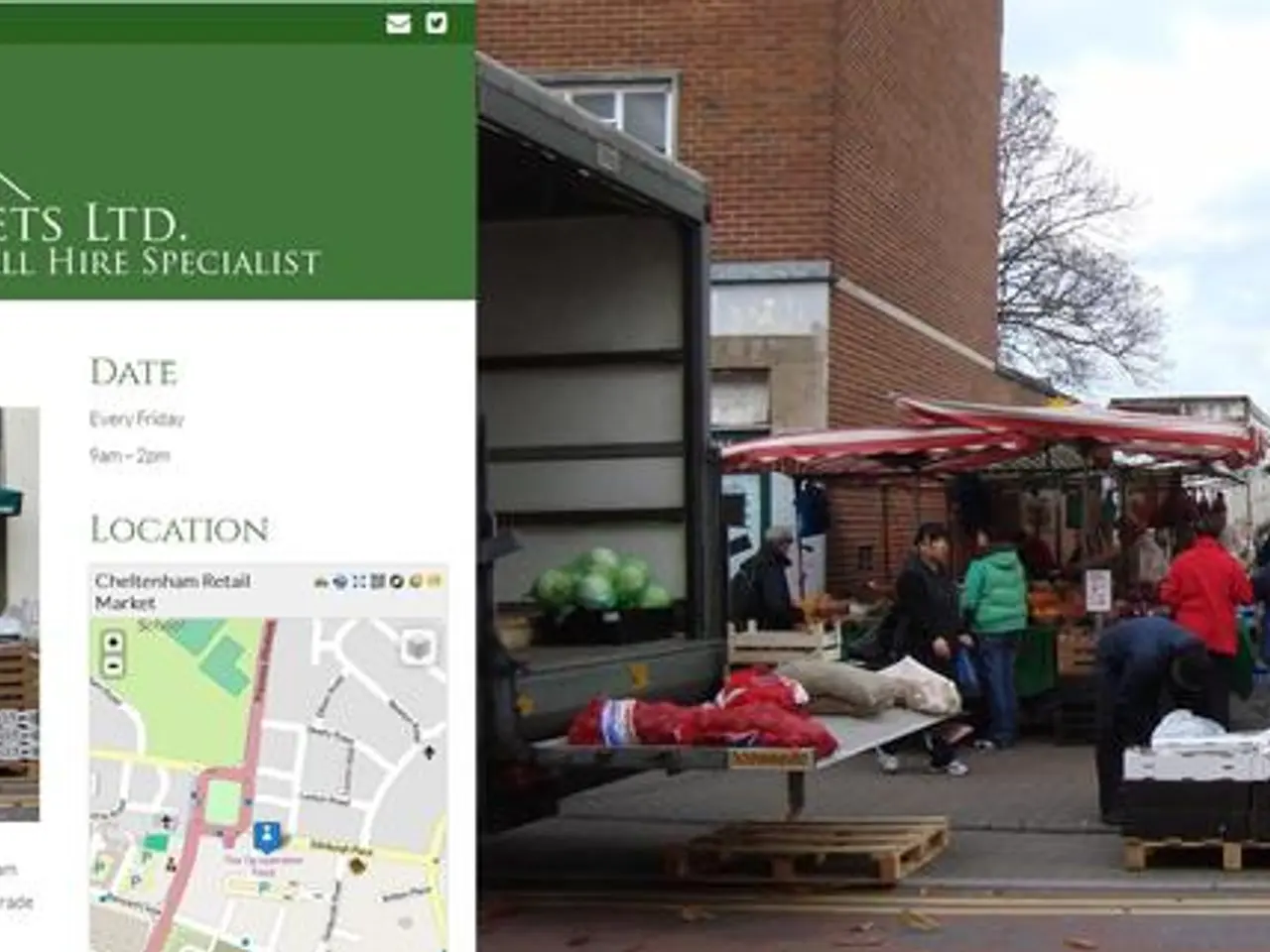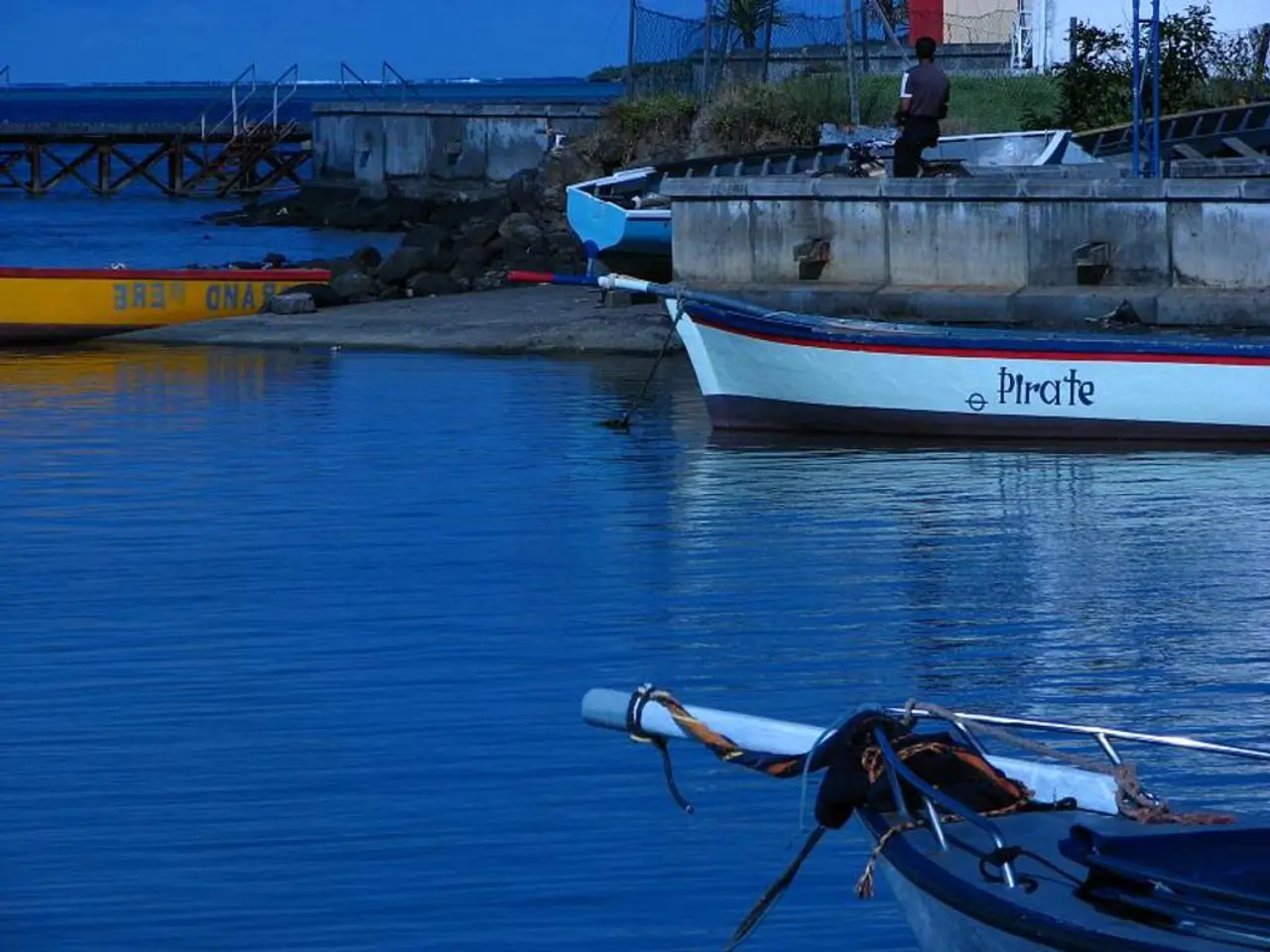Revamped Portfolio Management Team: CalSTRS Shifts Focus towards Private Markets in SISS Redesign
California State Teachers' Retirement System (CalSTRS) has announced a significant change in its Sustainable Investment and Stewardship Strategies (SISS) portfolio, focusing exclusively on private markets. This strategic shift, completed in 2025, marks a new era in CalSTRS' sustainable investing approach.
The primary objective of this change is to target climate solutions and sustainability investments more actively. CalSTRS believes that sustainable investing in public markets has matured sufficiently, with many institutional managers effectively integrating sustainability considerations. As a result, the SISS program now concentrates on private markets [1][4].
The SISS portfolio within private markets is geared towards investing in climate-related initiatives and sustainability stewardship across various asset classes, such as private equity, infrastructure, and other private market assets [2][4]. This repositioning, recommended in May 2025, aims to create impactful investments that align with CalSTRS’ net zero and sustainability goals, ensuring stewardship of climate-related risks and opportunities in less liquid, private investments [4].
As of mid-2025, the SISS portfolio is entirely focused on private markets, with a clear prioritization of climate-focused infrastructure and equity investments. Although exact allocation figures are not publicly detailed, the strategic pivot reflects a commitment to drive both financial returns and sustainability outcomes for CalSTRS [1][2][4].
In a recent interview, CalSTRS' Jenkinson discussed political headwinds and investing in climate solutions, emphasizing the importance of this shift in strategy [5]. The California State Teachers' Retirement System plans to deploy 1% of its overall assets, approximately $3.6 billion, into the SISS portfolio [3].
The SISS portfolio's asset manager exposures are changing, with Nordea Global Stars (13.1%) and Starboard Value (12.7%) being the two largest exposures in the current year. Notably, Generation and Schroders, who accounted for over 42% of the SISS portfolio in 2024, are no longer listed in the SISS exposures [1][4].
The CalSTRS investment committee met again this month, with documents on the agenda showing the changes in the SISS portfolio's asset manager exposures [2]. The board voted to approve the SISS portfolio change at the same meeting where the recommendation was made.
This approach is part of CalSTRS’ broader sustainable investing and stewardship framework, managed actively by investment committees and reported regularly in stewardship and monitoring reports [3]. The offsite board meeting on July 8 included the investment committee portfolio risk report, which disclosed the fund's largest asset manager exposures, including those of the SISS portfolio [2].
In conclusion, CalSTRS' SISS portfolio strategy, as of mid-2025, is a 100% private markets allocation within the SISS program, with a focus on climate solutions in private equity, infrastructure, and possibly other private asset classes. This strategy is designed to better address sustainability challenges and opportunities not fully captured in public markets investing [1][2][4].
In line with the CalSTRS' strategic shift completed in 2025, the Sustainable Investment and Stewardship Strategies (SISS) program now focuses on private markets for investing in climate-related initiatives and sustainability stewardship, such as private equity and infrastructure. As a result of this change, CalSTRS plans to deploy 1% of its overall assets, approximately $3.6 billion, into the SISS portfolio aimed at creating impactful investments that align with CalSTRS’ net zero and sustainability goals.




